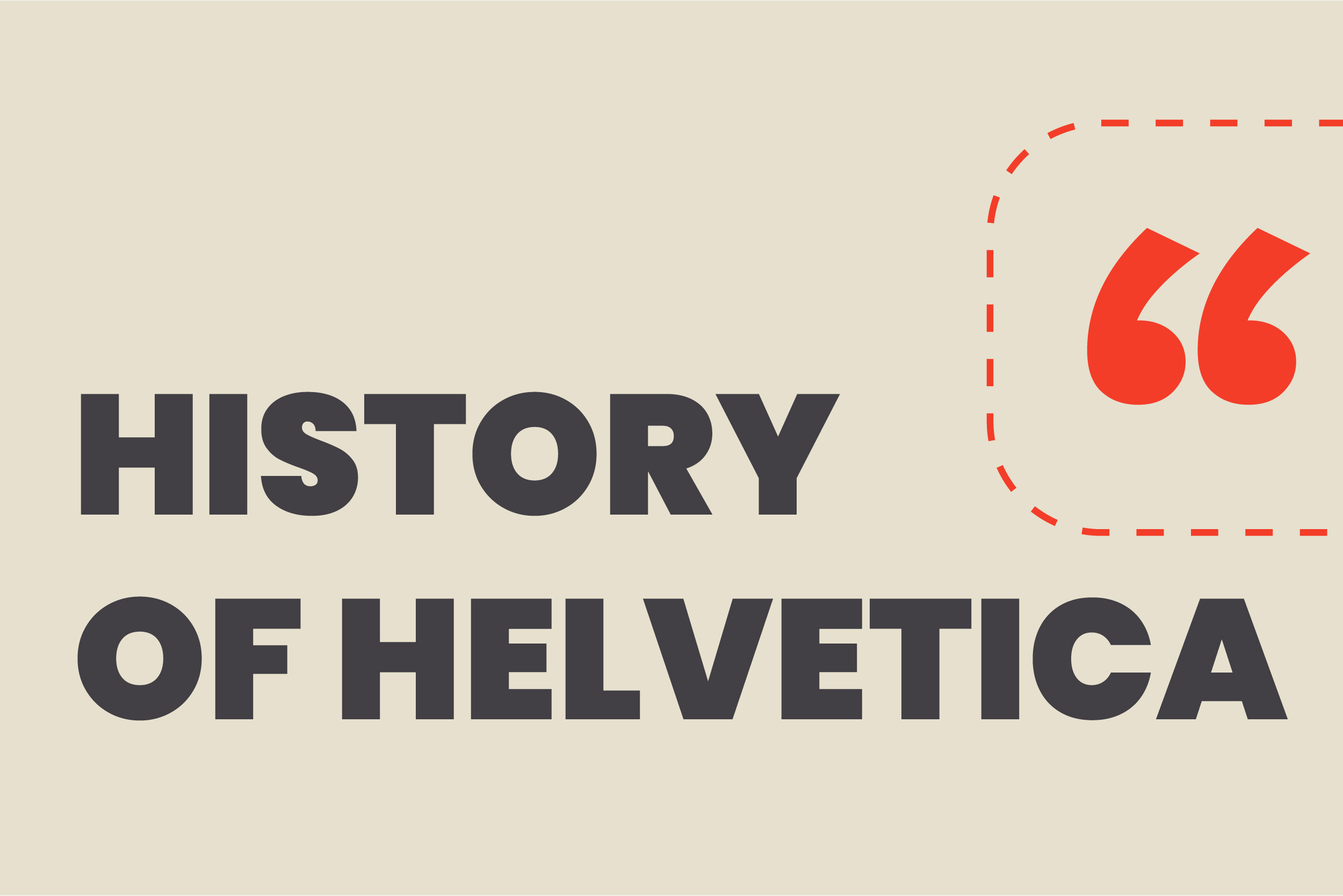Helvetica holds an unparalleled status in the world of type design. Perhaps you know Helvetica because of its extensive use in the New York City subway. However, the typeface, designed in 1957 by Swiss designers Eduard Hoffmann and Max Miedinger, wasn't officially adopted by the New York City subway system until 1989. In this article, I will recommend Helvetica font free alternatives t and share the story of Helvetica and the New York City subway.

Helvetica font free Alternatives
Currently, the rights to Helvetica and its variants, Neue Helvetica, Helvetica Now, and the variable font Helvetica Now Variable, are owned by Monotype. This means that if you want to use it for commercial design, you need to pay licensing fees to Monotype for permission. In cases where budgets are limited, seeking free alternatives is a better choice. Here’s 5 Helvetica font free Alternatives,You can preview their effects on our Fontapp and start using them with just one click.
- Roboto
- Inter
- Arimo
- Open sans
- Source sans
Helvetica in the 1960s
A few years after its creation, Helvetica was adopted by several countries for their public transportation systems. Milan and the UK were among the earliest to use Helvetica in their comprehensive transit signage systems.
By the early 1960s, Milan's subway signage already featured a modified version of Helvetica by Noorda. In 1964, Jock Kinneir and Margaret Calvert modified Helvetica Bold for the British Railways signage system. By 1965, designers Chermayeff and Geismar used Helvetica Medium for the Boston subway signage system. The Massachusetts Bay Transportation Authority (MBTA) system, announced in August of that year, was the first to use Helvetica without any modifications.
The Maze of the New York City Subway
While Milan, the UK, and Boston embraced Helvetica, the New York City Transit Authority was just beginning to consider changes. Before this, the New York City subway system was in a state of visual chaos and information obscurity.
The system originally integrated three separate lines: IRT (Interborough Rapid Transit), IND (Independent), and BMT (Brooklyn-Manhattan Transit). Over the years, the subway's signage evolved through a chaotic period, featuring a mix of mosaic tile walls, Grotesque sans-serif typefaces, enamel signs, and narrow sans-serif fonts. By the 1950s, geometric narrow sans-serif fonts had been added, creating a bewildering array of styles.
This haphazard mixture of signage—mosaic, handwritten signs, and various fonts—made it difficult for passengers to navigate and gather information quickly and efficiently.
The Replacement of Helvetica
In 1964, reports about Milan's subway finally caught the attention of the American design community. Industrial designer William Lansing Plumb praised Milan's sans-serif signage and recommended a similar approach for New York. The following year, Massimo Vignelli, a Milanese designer, moved to New York and began working for the design consultancy Unimark International.
Soon after, Unimark was commissioned by the New York Transit Authority to propose improvements for its signage system. Vignelli and Noorda meticulously designed a standardized system for New York. Unfortunately, the Transit Authority could not afford the complete implementation of this design. The authority attempted to execute the design internally, but the internal team misunderstood the design's purpose and executed it poorly. This misinterpretation horrified Vignelli. Eventually, after some government intervention, Vignelli was allowed to supervise the production, but the Transit Authority insisted on using the typeface owned by their internal supplier. Thus, Helvetica was replaced with Standard.
Despite the challenges, there was a turning point in 1967 when Unimark was re-hired to design a comprehensive guideline for design, construction, and installation. This time, the Transit Authority prepared to replace all old signage with new ones featuring Standard Medium.
Although Vignelli strongly advocated for Helvetica, citing its superior readability and aesthetic, the typeface was deemed "unavailable" at the time. This claim was dubious, as Helvetica had been introduced to the U.S. by Linotype in 1963 and was already gaining popularity in design circles. The reasons behind this unavailability likely involved behind-the-scenes deals or the Transit Authority's budget constraints. Nevertheless, for the sake of visual consistency, Vignelli accepted Standard.
The Acceptance of Helvetica from the Letter J
Standard remained in use in the New York subway for over two decades. It wasn't until the 1980s that Helvetica began to subtly infiltrate the system. Unimark's revised graphic manual stated, "When J appears in circular or diamond-shaped signs, use Helvetica J." Helvetica's J, with its distinctive hook, was more recognizable than Standard's J, highlighting Helvetica's superior legibility.
This small but significant change began to shift perceptions. Gradually, Helvetica started replacing Standard, and today, it has become the dominant typeface in the New York subway system. While some areas still exhibit a mix of Helvetica and Standard, Helvetica is now the most associated typeface with the New York City subway.
Use Free Fonts Now
If you want to use Helvetica font free alternatives instantly, download FontApp now!
With FontApp, you can access Google Fonts with just one click, without downloading or installing them. In addition to over 6000 Google Fonts, FontApp includes hundreds of other free fonts that you can easily search, filter, and use in software like PS, AI, Sketch, and more.
If you found this article helpful, consider bookmarking the FontApp website for more on font trends and typography applications.
The knowledge in this article is derived from:
*The Story of Western Fonts
*The documentary Helvetica